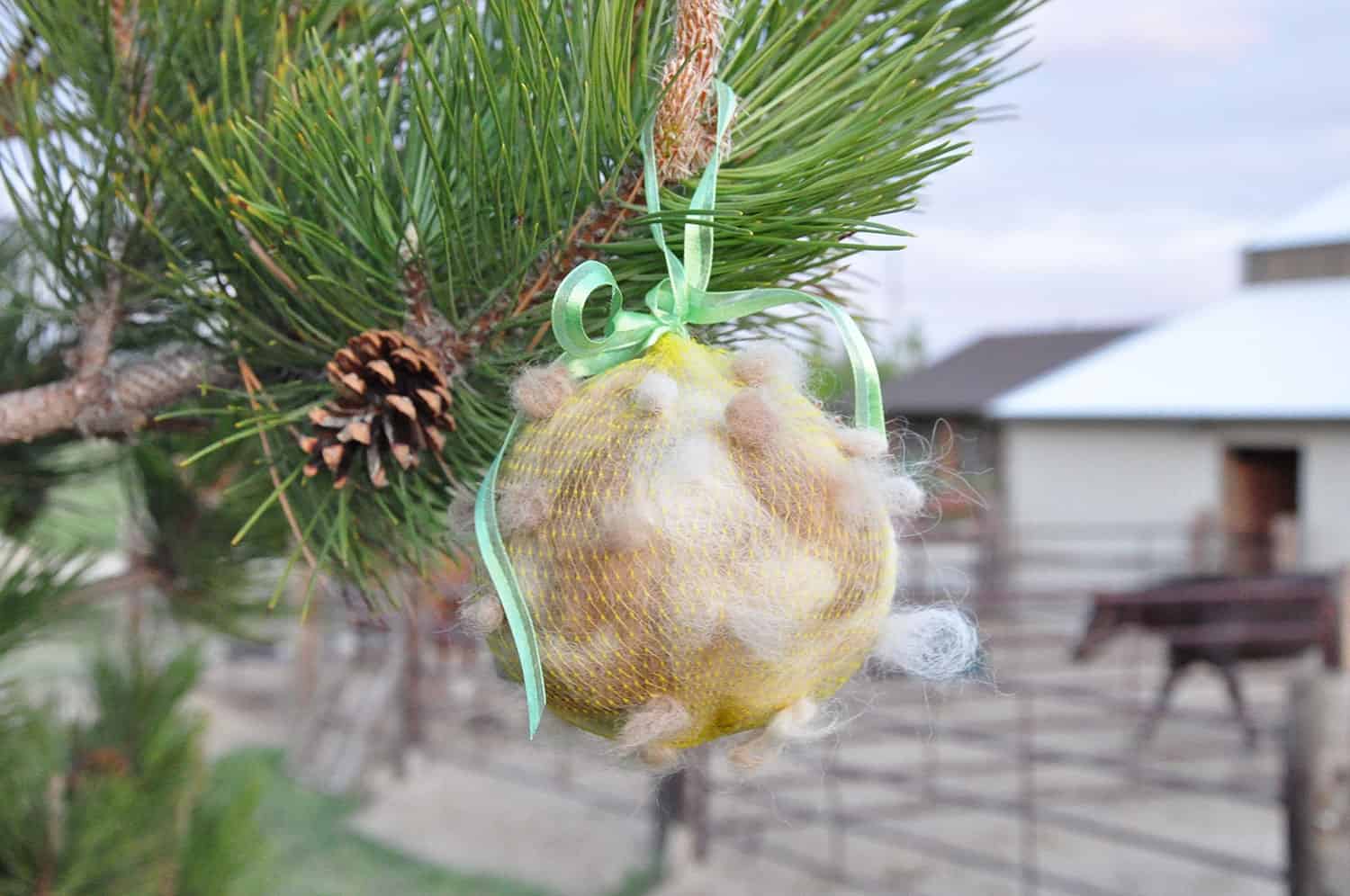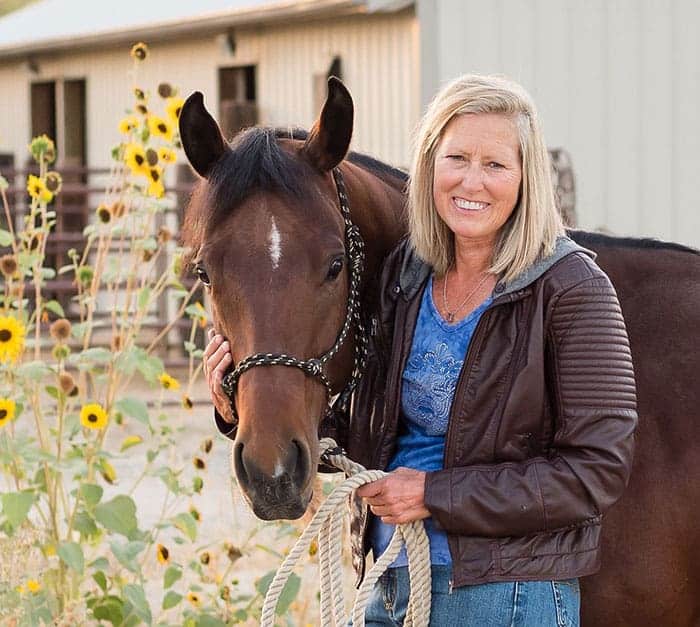Welcome Swallows Back to Your Horse Property!
- Posted by Alayne Blickle

Horse people love spring for many reasons: Longer days to ride, mild weather, and more. But what gives me, personally, hope that spring is right around the corner is the return of swallows to North America. Not only do swallows mark the change of season, they also offer their natural insect control services on horse properties.
Depending on where you live, you should begin seeing swallows in March and April. Their cheery twitterings, which can brighten even a gray spring day, mark their return from their winter home in Central America.
Several types of swallows are native to North America, including violet-green swallows, tree swallows, barn swallows, and cliff swallows. What can be particularly exciting to horse owners about these guys is that they are voracious insect eaters. These slender little birds, about 5 or 6 inches in length, with pointed wings and tails, eat between 800 and 1,000 insects per bird per day. Multiply that by two for a nesting pair, and over a period of weeks you have excellent insect control without having to buy anything (outside of a nest box or two) or use chemicals.
Cliff and barn swallows build mud nests on the underside of roofs, overhangs, bridges, cliffs, and in barns.
Violet-green and tree swallows are secondary cavity dwellers, meaning they nest in existing holes and crevices, such as those in dead trees and snags or those made by woodpeckers. Happily for us, they also take very well to nest boxes. Nest boxes for violet-green and tree swallows are easy to build, or buy, and hang in your yard or horse property—and these birds are easily attracted to them.
Alayne Blickle, Horses for Clean Water
Tip: If swallow droppings become a problem in your barn, place a board under the nest to keep the area under it clean.
Note: Nesting boxes must be specific to the type of swallows in your area. Poorly made boxes encourage non-native species, such as starlings, to move in that can out-compete swallows and other natives. Consult your local Audubon chapter, birding organization, cooperative Extension office, the library, or the Internet for advice on types and sources of nesting boxes.
The springtime return of swallows conveniently coincides with horse shedding season, too. During grooming sessions, collect horse and dog hair to set out in tuffs in your pasture. Or, hang hair in satchels where the birds can easily grab it (see photos for examples). Then, once nesting season commences in April and May, the swallows will begin recycling that hair into nesting material.
These pretty little birds can provide horse owners with entertainment through their graceful flight acrobatics as they swoop to pick up nesting material and dart about catching insects, as well as a season’s worth of free, nontoxic pest control.
What signs of spring are you looking forward to?

Written by:
Alayne Blickle
Related Articles
Stay on top of the most recent Horse Health news with
















One Response
Wow, I didn’t know about placing horse hair in satchels, I’ll definitely try it on my farm. Swallows are cute!